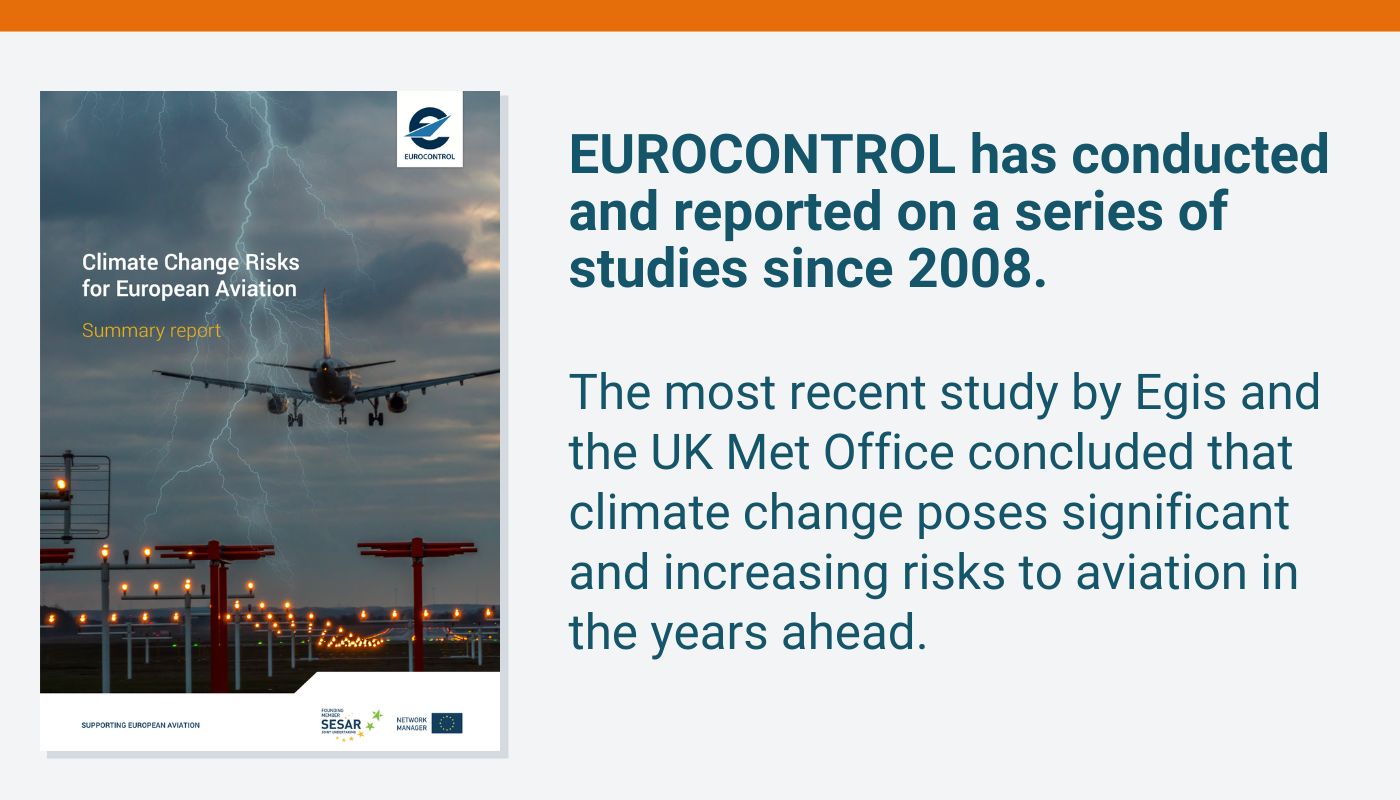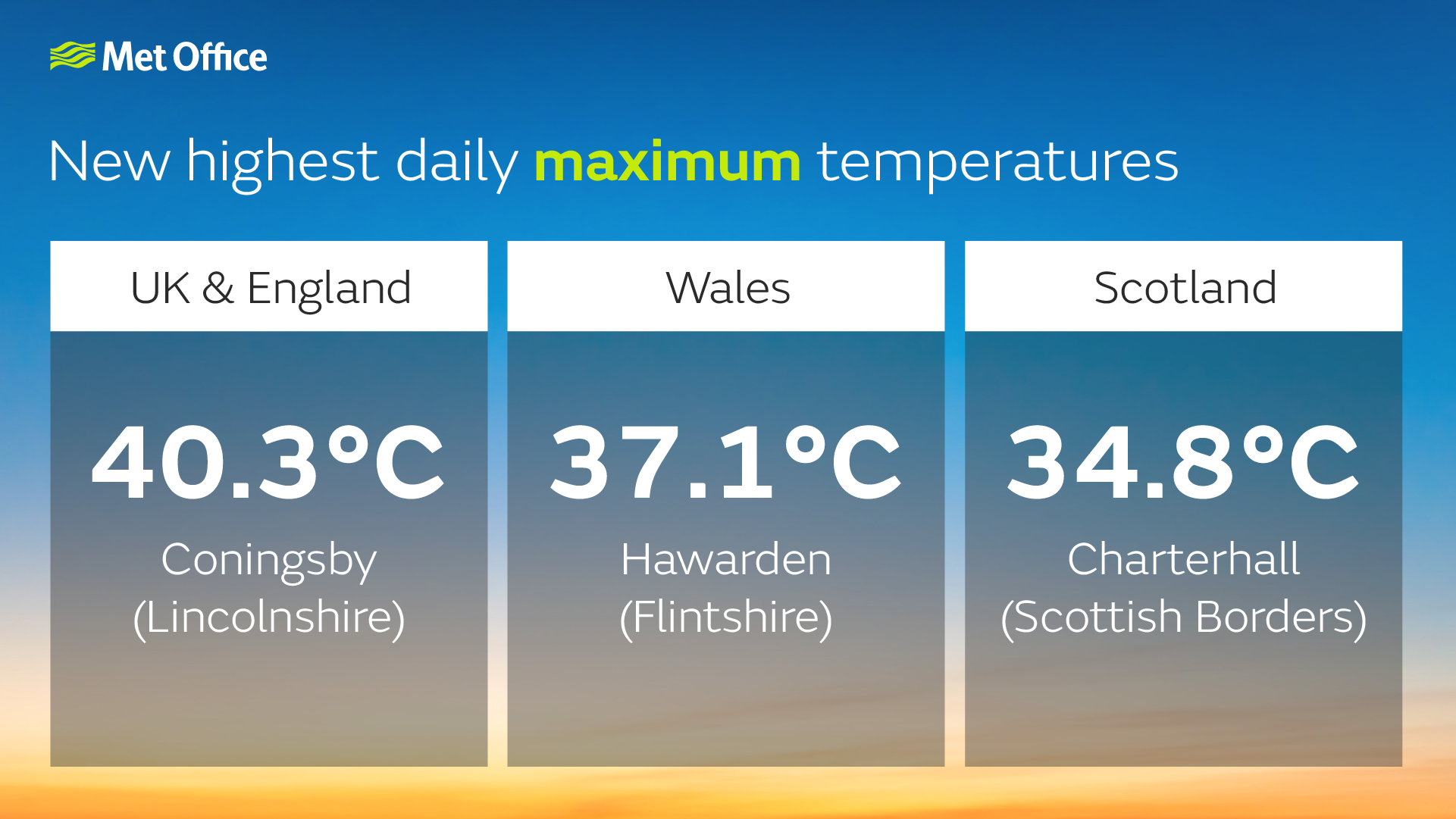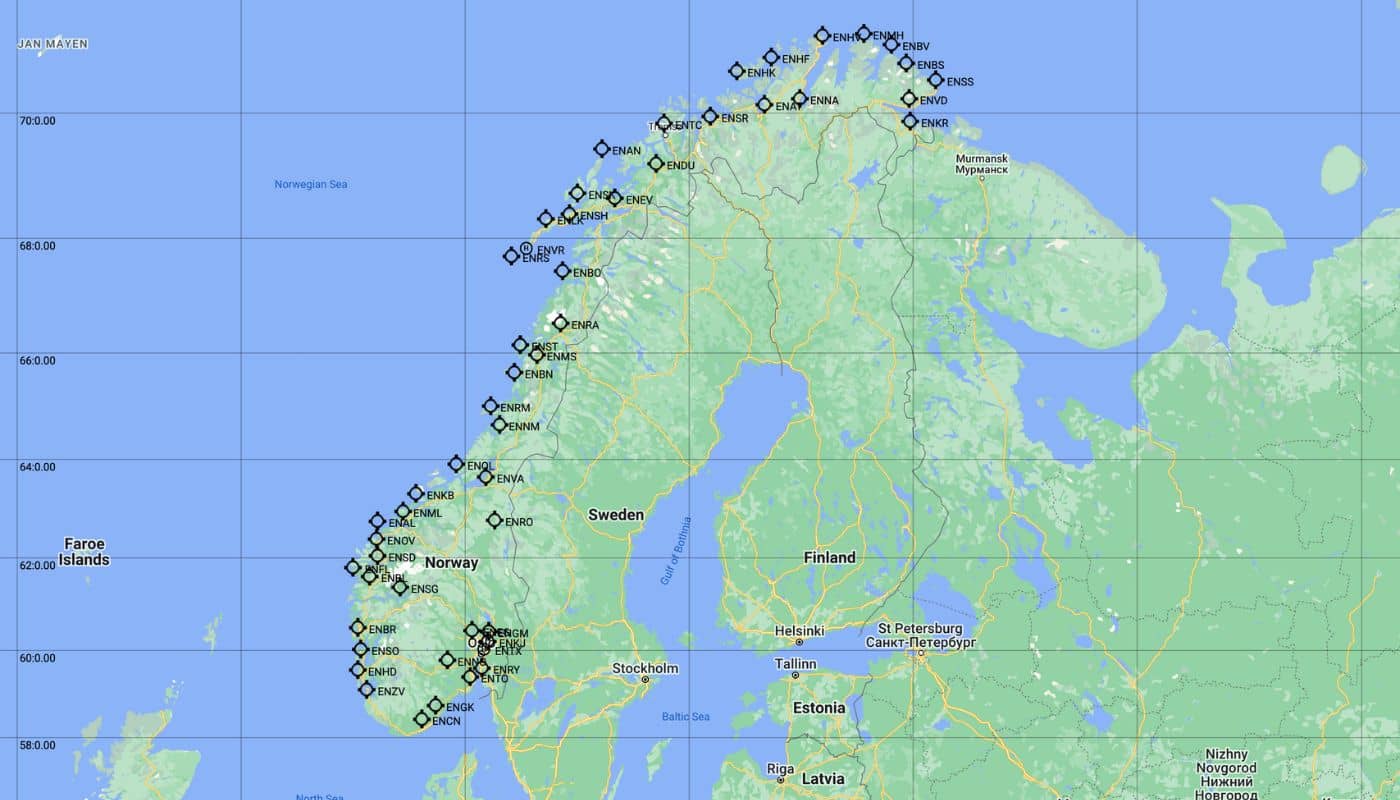“The last couple of years have been a real call to action and it’s frustrating that we knew it was happening, we had the opportunity to start to prepare for it but we still didn’t prevent the impacts.”
Floods and wildfires across Europe and record temperatures melting runways in the UK. These are no longer just ‘freak weather events’ and are only going to increase.
Much of the sustainability debate within aviation has centred on how the industry can decarbonise itself, but the reality is that climate change is already here and having an impact. That requires us all to take action to adapt to and mitigate its affects.
Back in 2008, EUROCONTROL undertook a ‘Challenges of Growth’ study that looked at things such as sea level rise, temperatures changes, and the increasingly likelihood of more violent storms and how these things might affect aviation.
“Our first study on the potential impacts of climate change for the sector was released as part of our 2008 Challenges of Growth report, a series intended to give aviation sector decision makers the best achievable information for longer-term decision making,” says Rachel. “Subsequently we’ve produced a series of studies and analysis, with our most recent report Climate Change Risks for European Aviation 2021 being released at the end of last year.”

As the studies suggested would happen, the last few years have seen a series of high-profile events that have acted almost as a catalyst for organisations to start prioritising the environment.
“This is not an ‘either/or’ anymore – aviation is such a key sector for both the economy and mobility. Airports and air traffic management are critical national infrastructure so we need to make sure we can ensure service continuity.” Climate change is happening now, and we need to take action.

New highest daily maximum temperatures were recorded across parts of the UK in 2022
As Rachel explains, “It’s all about analysing the data then applying it. We can see that sea levels are rising, temperatures are increasing, and storms are becoming more frequent and severe, but what knock on effect could this have for normal aviation operations? How can we adapt?”
Sea levels are rising, temperatures are increasing and storms are more frequent and severe. What knock on effects could this have for aviation and how can we adapt?
It is also important, Rachel mentions, that we remember nothing works in isolation in aviation. “You may have your adaptation plan and resilience measures in place, but what if the airports that your airline frequently flies to hasn’t?”
Aviation is a network, that relies on many different parts and components working seamlessly together to deliver a robust network. Climate change and extreme weather episodes introduce volatility to these networks and make it harder to plan and prepare.
“It’s not enough to plan for the now anymore” Rachel explains “the whole of the aviation industry needs to take action to try and reduce the impact climate change is already having and will continue to have”.
It’s not enough to plan for the now anymore. The whole of the aviation industry needs to take action to try and reduce the impact climate change is already having and will continue to have.
Take for example, Norway, a country which has the second longest coastline in the world after Canada, with a length of 100,915 km including all the islands. Understandably here, many airports are based near the sea, so what happens when sea levels continue to rise and threaten many of these airports?
In this case, Avinor, the Norwegian airport operator and ANSP, have already been tackling the issue for several years and have measures in place to protect their airports. But this is not the case in other parts of Europe or around the globe.

Norway has the second longest coastline in the world (after Canada) with many airports based near the sea
Of course, it’s not just physical locations that can be affected by climate change, “Businesses may be using materials for aircraft, equipment and buildings which are suitable for current temperatures or weather, but what about in 30 years?” Rachel asks, which seems even more relevant given the record-breaking temperatures seen in the UK and across Europe this year.
“And it’s not just locations and materials, you also need to consider people… what sort of heat can we expect a ground handler to have to work in? How are we keeping terminals cool enough for passengers?”
You also need to consider people… what sort of heat can we expect a ground handler to have to work in? How are we keeping terminals cool enough for passengers?
So where does this leave us in the next five to ten years? Rachel admits, “There is an extent of climate change that we are already locked into due to historical activities but there are many things we can start to do now to reduce the impact that we see in the future.”
“The most important thing you can do is carry out a risk assessments, implement resilience and adaptation measures and then continuously check and assess those measures for effectiveness.”
The more businesses that complete these risk assessments and take the action required, the better. Not only does it contribute to building resilience across the sector, but it also provides inspiration and examples of good practise which other organisations can then look to.
“In an ideal world, airports, airlines, air traffic service providers will all have carried out a risk assessment and implemented an adaptation strategy. Once we have all taken this first step, we can start to accelerate our efforts.”